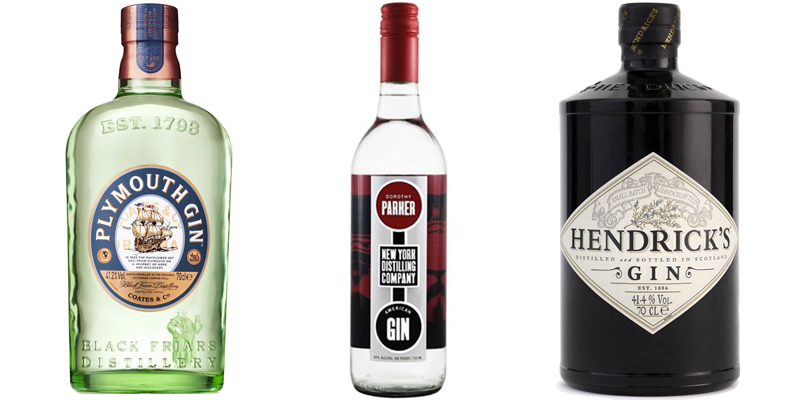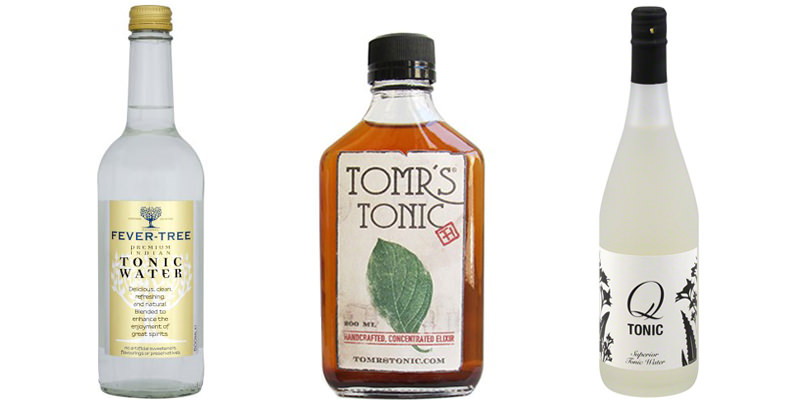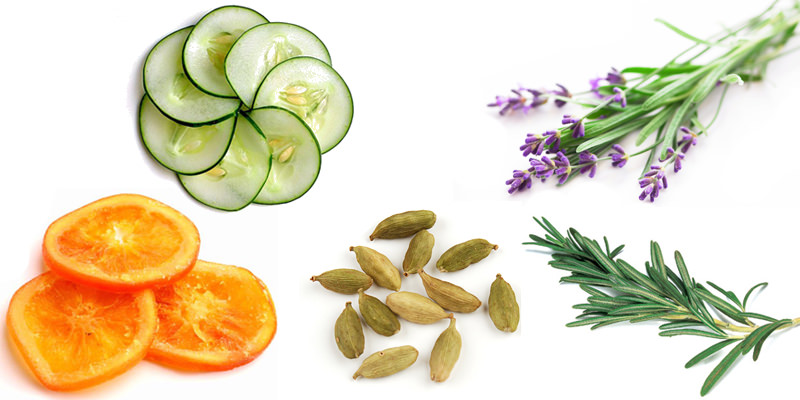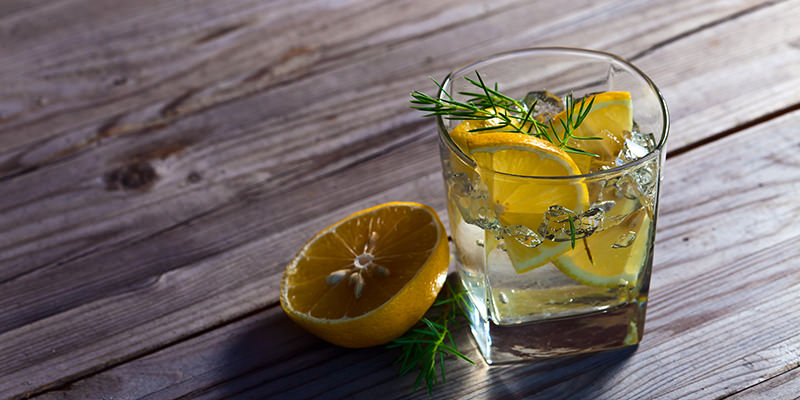You know the scene: loud bar, terrible song playing, reasonably tired bartender staring bullets at you as you sweat about your drink choice. Your mind goes for something familiar, something trustworthy, reliably so-so: “Gin and tonic!”
Except you get it, and it’s, well, a Gin and Tonic, but not much more. And here you are spending about $8, or god forbid, $10, on it? And it’s your night OUT. So now you’re standing around with a mediocre well drink and you’re supposed to be feeling amazing, because of that job interview, or your new boots, or successfully karate-chopping through a few pieces of wood. Why is your drink, a supposed “classic,” not nearly as expressive and accomplished as you are?
Basic reason: well-grade gin, standard tonic. But don’t worry, we got you and your karate-chopping skills covered. There are ways to actually intensify the juniper-quinine marriage (as unlikely as Johnny Depp and Amber Heard) to actually elevate the flavors, so you don’t end up just sucking back some piney bitterness while your friends shout “that wood was rotted, you know…”
Let’s Talk Gin

If you’re going to order a gin and tonic, here are a couple of things to keep in mind. For starters, don’t go for well gin. It’s fine, OK, and fair enough if a comet that isn’t full of booze is hurtling toward earth. But for just a couple dollars more, you can get a decent gin, something with more citrus or spice or vegetal, cucumbery goodness—whatever you’re going for. The great thing about gin is—despite the juniper “must”—there really is a literal garden variety of flavor there. Prance around, see what you like. Here are a few options, variously herbaceous, citrusy, floral, piney.
- Hendrick’s Gin
- Plymouth Gin
- Dorothy Parker Gin
Let’s Talk Tonic

Tonic isn’t just something to cure malaria, y’all. It’s actually a weirdly addictive, bracingly bitter carbonated beverage that can perk some backbone into your drink. If you choose wisely, that is. Fair enough to say, most bars won’t stock a variety of tonics (if you’re a bar manager dealing with employees, liquor distributors, and that ghost in your basement, the last thing on your mind is “do I have a nice variety of artisanal tonics?”). But if you’re making a G&T at home—and by god, it’s the easiest, cheapest homemade cocktail we know—why not go for something a bit more upmarket?
- Q Tonic
- Fever Tree
- Tomr’s Tonic
Let’s Talk Other Flavors

This is where all the fun comes in. Gin, unlike its threadbare cousin vodka, has a surprisingly ebullient aromatic expression (and yes, I passed out writing that phrase). Juniper has to be the predominant flavor, legally, but from there, anything goes. You can accentuate citrus or spice or herbs or florals or whatever the gin-rummy you like, either with some clever garnishes or even a simple syrup (fair warning, this’ll make your G&T sweeter). A sprig of rosemary or even a few slices of cucumber are fair game, as is the ubiquitous (but here appropriate) orange slice, a cinnamon stick or cardamom pod, even a nice grapefruit slice that somehow avoided brunch service. Citrus season is coming up. As is that sweet karate championship.

